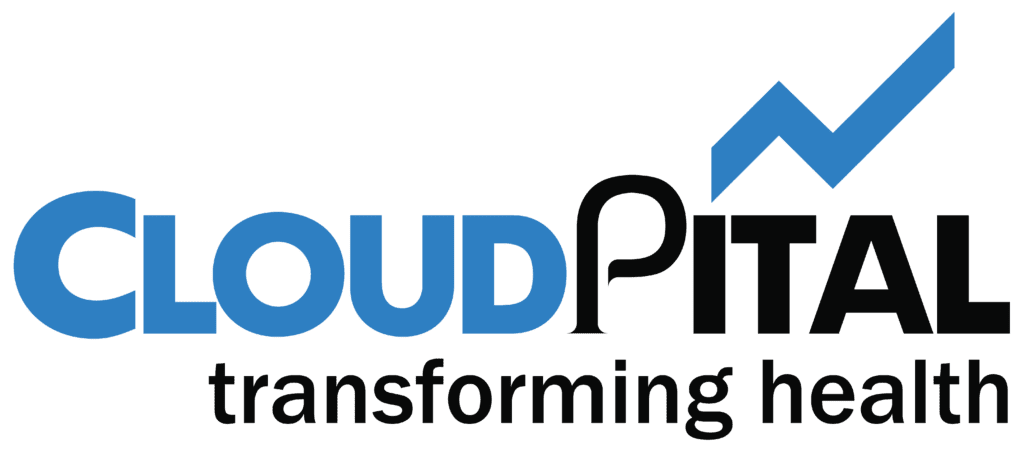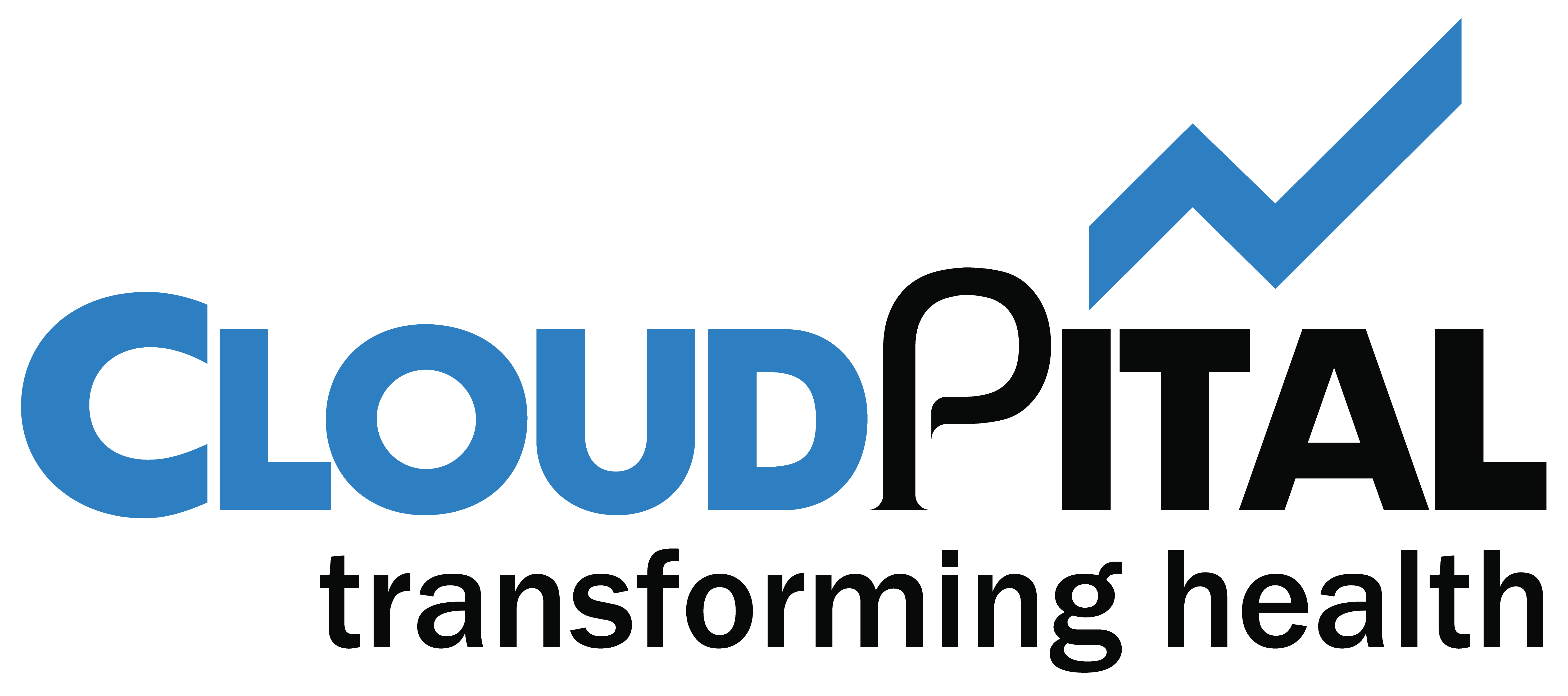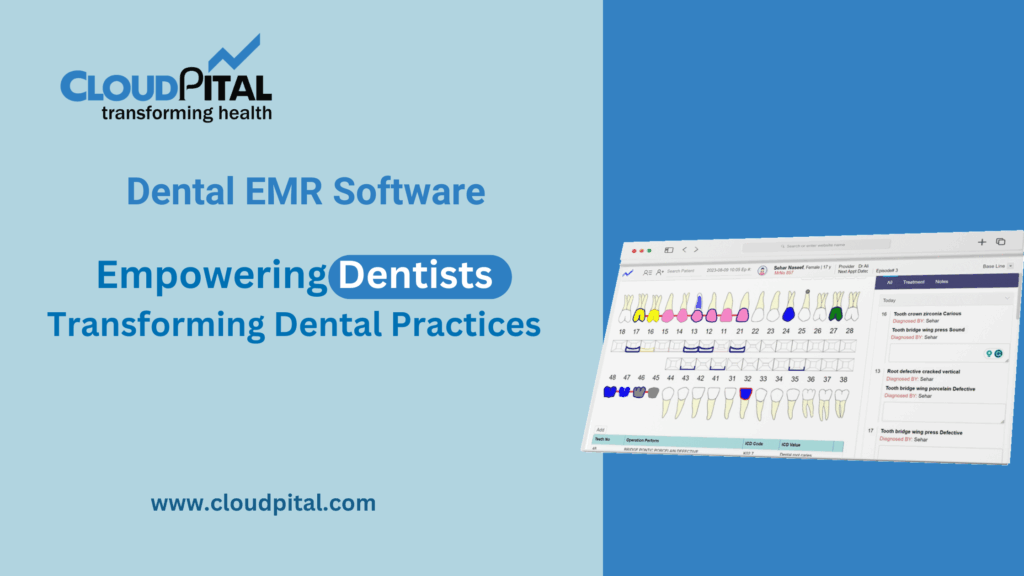Cloudpital # 1 is one of the top Hospital Software in Saudi Arabia providing assurance that the costs of care delivery are properly captured, reimbursed, and reported. Hospital billing is notoriously cumbersome, involving a myriad of stakeholders—clinicians, coders, payers, and patients—each with their own needs and processes. New-generation hospital software takes this onerous process and turns it into an efficient, transparent cycle by capturing data electronically, confirming insurance coverage, processing claims, generating patient billing, and offering profound analytics. In this blog, we’ll explore, step by step, how hospital software handles billing from the moment a service is rendered to the final payment, and how these capabilities drive efficiency, reduce errors, and improve patient satisfaction.
Click to Start Whatsapp Chatbot with Sales
Mobile: +966547315697
Email: sales@bilytica.com
Cloudpital # 1 Hospital Software in Saudi Arabia

Automated Charge Capture
The initial important phase in hospital billing is charge capture, which captures all billable activity with a patient’s encounter. Manual functions—paper charts, written orders, and phone calls—are susceptible to error and slow down billing. Hospital Software in Saudi Arabia prevents this by:
Real-Time Clinical Integration: When clinicians enter orders into the Electronic Medical Record (EMR) or Computerized Physician Order Entry (CPOE) systems, the billing module records automatically the related service codes (e.g., CPT, HCPCS, DRG). This prevents duplicate entry and ensures that no chargeable item—be it a lab test, imaging study, medication, or procedure—is omitted.
Barcode and RFID Tracking: Barcodes (or RFID tags) read at the point of use for supplies, implants, and medications enter the charge capture system directly. Such detailed tracking enhances billing accuracy and enhances inventory control.
Mobile and Point‑of‑Care Devices: Nurses and technicians are able to enter service details at the bedside on mobile tablets. These are automatically synced to the billing engine, reducing the gap between care provided and revenue realization.
Audit Trails and Alerts: The software highlights missing charges, aberrant patterns, or outlier billing transactions (e.g., excessive numbers of radiology scans) for scrutiny, minimizing the chances of under‑billing or fraud.
Through automated charge capture, hospitals are able to minimize claim rejections, speed up their revenue cycle, and relieve clinical staff of administrative tasks.
Claims Management and Scrubbing
With charges captured, the process of claims management follows—preparing, validating, and submitting claims to insurers. Hospital software generally provides an integrated claims management suite that contains these capabilities:
Eligibility and Benefit Verification: Before filing claims, the system checks payer databases to verify patient coverage, deductible, and co-insurance levels. Pre-claim verification anticipates patient responsibility and reduces billing surprises.
Automated Code Validation: In‑embedded business rules check that diagnosis codes (ICD), procedure codes (CPT/HCPCS), and modifiers are properly matched. Software indicates errors like non‑covered procedures, omitted modifiers, or contradictory codes so that only coders can fix problems before claims are sent out.
Batch Processing and Electronic Submission: Claims are batched by payer requirements and electronically submitted (EDI), eliminating paper forms and fax transmissions. This speeds up payer turnaround times and minimizes administrative burden.
Tracking and Acknowledgment Processing: After submission, the system monitors the status of each claim—accepted, pended, or rejected—and processes Electronic Remittance Advices (ERAs) to automatically post payments or flag denials for follow‑up.
With strong scrubbing and tracking, hospitals can substantially reduce denial rates and speed up reimbursements.
Patient Billing and Self‑Service Portals
Hospital software doesn’t end with insurance claims; it also coordinates patient billing—invoicing, collections, and payment arrangements—through:
Consolidated Statements: Once payer adjudication has been done, the system rolls up all patient financial obligations—deductibles, co‑pays, co‑insurance, and any non‑covered charges—into one simple, easy‑to-read statement.
Itemized Billing Details: Instead of cryptic “hospital bill” line items, patients are presented with explicit descriptions of each service, date of service, and cost. Patient trust is enhanced and billing questions minimized.
Online Payment Portals: Integrated portals enable patients to view statements, pay balances using credit card or ACH, establish payment plans, and download tax-related forms. Automated email or SMS reminders encourage timely payment and minimize no-shows.
Financial Counseling Tools: For expensive procedures, the technology can provide quotes and simulate “what-if” scenarios for differing coverage levels. Hospital Software in Saudi Arabia counselors can use these features to counsel patients on anticipated out-of-pocket spending.
Automated Payment Plans: Patients can opt into payment plans through the portal. The computer automates recurrent payments, maintains balances, and reminds patients when payments are due, enhancing collection without putting relationships with patients in jeopardy.
By equipping patients with transparency and pay-flexibility, hospitals can enhance patient satisfaction and cash flow together.

Insurance Eligibility Verification
Another foundation of effective billing is eligibility verification in real-time, which Dental Software in Saudi Arabia processes through:
Payer Interface Integration: Direct connectivity (through EDI or web services) with major payers enables immediate coverage dates, policy information, and pre-authorization checks.
Automated Pre‑Authorizations: For expensive procedures or drugs, the system can automatically create and send authorization requests, including required clinical documentation based on the EMR.
Rule‑Based Alerts: If a service is prior-approved or out of coverage, the software alerts clinical and billing staff prior to care delivery, avoiding costly denials down the line.
Benefits Estimation: Merging eligibility information with product fee schedules, the system generates an estimate of patient responsibility, which can be displayed at registration or via the billing portal.
Early verification of coverage not only decreases claim denials but also allows patients to make informed financial decisions upfront.
Denial Management and Appeals Workflow
Despite stringent scrubbing and verification, denials can take place. Top-of-the-line hospital software has a denial management module to:
Automated Denial Identification: Through monitoring of ERA and payer response files, the system identifies denied or underpaid claims and groups them by denial code (e.g., coding flaws, missing documents, outdated coverage).
Workflow‑Based Appeals: Denials are funneled through customizable workflows—assigning cases to coders, billers, or specialty teams—with integrated timeframes and escalation rules to drive timely follow‑up.
Template‑Driven Appeal Letters: Pre‑printed appeals include pertinent patient information, clinical notes, and supporting documents, reducing manual composition.
Analytics on Denial Trends: Dashboards identify recurring denial drivers—certain procedure codes, payers, or departments—and allow for focused training, policy revision, or payer negotiation.
By addressing denials systematically and using analytics, hospitals can regain lost income and refine billing processes continuously.
Revenue Cycle Visibility and Analytics
Hospital leaders must have end‑to‑end visibility to monitor the entire revenue cycle. Billing modules provide:
Interactive Dashboards: Real-time measurements of days in accounts receivable (AR), claim denial percentages, net collection rates, and cash projections.
Drill‑Down Reports: From high-level KPIs to specific claim information, managers can analyze anomalies—like unexpected increases in adjustments or slow-pay payers.
Trend Analysis: Historical information predicts seasonal patterns, staffing requirements, and budget differences.
Predictive Modeling: Machine-learning algorithms predict cash flow, probability of claim denial based on certain attributes, and patient payment patterns.
These analytics applications turn billing into a strategic benefit, driving resource planning and process optimization.
Compliance, Security, and Regulatory Reporting
Billing operations are subject to rigorous regulations:
HIPAA and Patient Privacy: Role-based access controls, audit trails, and encryption protect Protected Health Information (PHI) across the billing cycle.
Coding Compliance: Built-in guides and logic checks enforce the most current ICD and CPT coding guidelines, minimizing audit risk.
Regulatory Reporting: Automation of industry‑standard reporting—like CMS cost reports, UB‑04 forms, and state‑level fiscal reports—spares time and reduces errors.
Fraud Detection: Analytics indicate suspect trends, such as uncommon billing for unusual procedures or repeated upcoding, allowing pre‑emptive investigations.
Hospital software ensures compliance with every step, preventing expensive fines and legal jeopardy.
Integration and Interoperability
Smooth data flow is critical to proper billing:
EMR and ERP Integration: Billing modules integrate bi-directionally with clinical and financial systems, maintaining data consistency and minimizing reconciliation work.
Third‑Party Interfaces: Lab, radiology center, and external pharmacy connectivity captures outsourced service fees and supports consolidated billing.
API‑First Architecture: Open APIs enable integration with patient engagement platforms, telehealth vendors, and insurance portals, future-proofing the system as new technologies become available.
Health Information Exchanges (HIEs): External clinical data access guarantees that all services—wherever provided—are captured and billed correctly.
Integration eliminates handoffs, reduces turnaround times, and increases the volume of billable services.
Emerging Trends and Future Directions
The future of Mobile EHR billing is being driven by:
Blockchain‑Enabled Claims: Transparent, immutable ledgers may simplify payer-provider reconciliation and decrease fraud.
Artificial Intelligence (AI)‑Based Coding: Natural‑language processing (NLP) systems will pull billing codes from clinical notes automatically, significantly reducing coding time and inaccuracies.
Value‑Based Payment Models: As the industry transitioned from fee‑for‑service to outcomes‑based reimbursement, software will include quality metrics and bundled‑payment calculators in the billing engine.
Patient‑Focused Billing Experience: Virtual assistants and chatbots will assist patients through estimates, coverage queries, and payments, further enhancing satisfaction and financial clearance.
By being proactive about these trends, hospitals can be financially resilient and provide billing experiences that meet changing patient expectations.
Conclusion
From bedside charge capture to final payments reconciliation, hospital software has transformed billing—improving accuracy, speeding cash flow, and engaging patients. Strong modules for claims scrubbing, denial, patient self‑service, and analytics operate in harmony to provide a clear, streamlined revenue cycle. As compliance requirements become more stringent and new reimbursement schemes are developed, next-generation billing platforms will adapt, using AI, interoperability, and patient‑centric design to protect the institution’s bottom line and, ultimately, enable improved clinical outcomes. By recognizing and tapping into these abilities, healthcare organizations can maximize revenue, minimize administrative overhead, and keep the focus where it needs to be: on providing exceptional patient care.
Click to Start Whatsapp Chatbot with Sales
Mobile: +966547315697
Email: sales@bilytica.com
How Does Hospital Software Handle Billing? similar software solutions prices were updated on 2025-10-30T13:20:09+00:00 in Saudi Arabia in Mecca, Medina, Riyadh, Khamis Mushait, Yanbu, Jeddah, Dammam, Unaizah, Uqair, Ha’il, Ta if, Al Bahah, Dhahran, King Abdullah Economic City, Najran, Diriyah, Qatif, Khafji, Jubail, Abqaiq, List of Cities and Towns in Saudi Arabia, Ras Tanura, Turubah, Jazan Economic City, Knowledge Economic City, Medina, Khobar, Abha, Tabuk, Saudi Arabia, similar software solutions prices were updated on 2025-10-30T13:20:09+00:00 We also provide in Saudi Arabia services solutions company in Hafar Al-Batin, Udhailiyah, Al-Awamiyah, Hofuf, Hautat Sudair, Buraidah, Tayma, Duba, ‘uyayna, Saihat, Al-Kharj, Al-ula, Jizan, Rumailah, Ar Rass, Arar, Shaybah, Al Majma’ah, Rabigh, Dhurma, Haradh, List of Saudi Cities by Gdp Per Capita, Badr, Sudair Industrial City, Baljurashi, Shaqraa, Al-Khutt, Habala, Ad Dawadimi, Dawadmi, Layla, similar software solutions prices were updated on 2025-10-30T13:20:09+00:00 Price is SAR 100 and this was updated on updated on 2025-10-30T13:20:09+00:00 similar How Does Hospital Software Handle Billing? software solutions prices were updated on 2025-10-30T13:20:09+00:00 in Saudi Arabia in Haql, Afif, Al-Abwa, Farasan, Al-Jaroudiya, Thadig, Al-Thuqbah, Al Wajh, Almardmah, Al-Zilfi, Muzahmiyya, Prince Abdul Aziz Bin Mousaed Economic City, Tharmada’a, Skaka, Um Al-Sahek, Sharurah, Tanomah, Bisha, Dahaban, Al Qunfudhah, Qurayyat, Saudi Arabia, Ha’ir, as Sulayyil, Al Lith, Turaif, Al-Gway’iyyah, Samtah, Wadi Ad-Dawasir, Az Zaimah, Safwa City, Jalajil, Harmah, Mastoorah, Hotat Bani Tamim, Jabal Umm Al Ru’us, Rafha, Qaisumah, Al-Ghat, Hajrah, Al-Hareeq. Excerpt: Jeddah (also spelled Jiddah, Jidda, or Jedda; Arabic: Jidda) is a Saudi Arabian city located on the coast of the Red Sea and is the major urban center of western Saudi Arabia similar software solutions prices were updated on 2025-10-30T13:20:09+00:00 Price is SAR 100 and this was updated on updated on 2025-10-30T13:20:09+00:00



